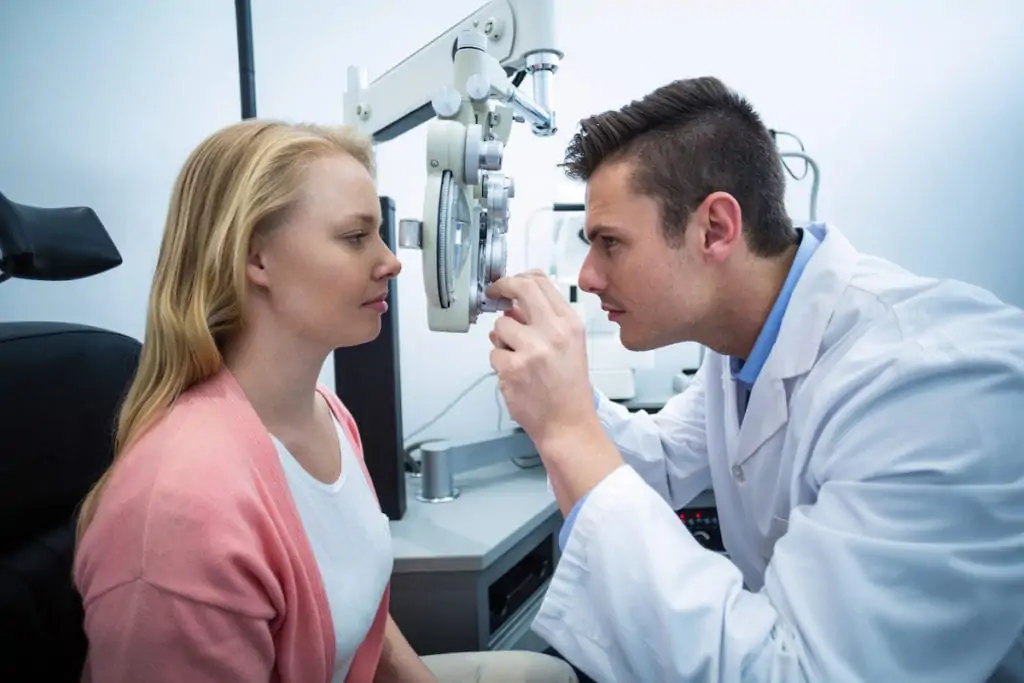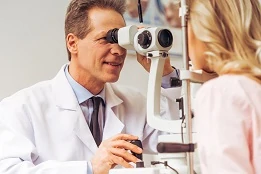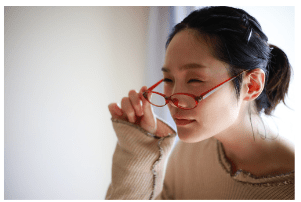LASIK Consultation: A Deeper Look Into What To Expect

How Long Does a LASIK Consultation Take?
The LASIK Consultation will last approximately 2-3 hours during this time you will have your vision, eyes, and overall health thoroughly evaluated. During the 2-3 hour appointment, you will learn if you are a good candidate for the LASIK procedure and if it’s right for you. Here, we dive more deeply into the appointment so you know what to expect.
What to Expect at LASIK Consultation?
You might wonder why the LASIK eye surgery consultation is so long. During the exam, the doctor is creating a complete assessment and highly detailed measurements of your entire eye and its capabilities. And you really want it to be thorough and accurate. Because this is the information that is going to determine three very important things:
- The overall health of your eyes.
- If LASIK is recommended (or not recommended) for your eyes, your vision, and your lifestyle.
- If LASIK is recommended, and you decide to move forward, the data from your consult will drive the vision correction treatment.
The goal is to collect as much information as possible for both the LASIK surgeon you chose and you to help make the best choice for your vision.
How does that happen? Through a series of sophisticated diagnostic tools and tests that evaluate and measure every aspect of your eye. The good news is that, except for getting a few eye drops and a bit of gentle pressure on the surface of the eye, these tests are non-invasive and pain-free. Most of the tests are simply taking pictures with high-powered imaging devices.
6+ LASIK Consultation Tests
Here is a list of the types of information your LASIK surgeon gathers about your eye during your LASIK consultation to make a recommendation about your vision correction options:
- The eye’s ability to focus
- Dilated eye exam
- The front of the eye – Curvature, shape, and thickness of cornea
- The inside of the eye – Health and function of the retina
- The surface of the eye – Tear film composition and volume
- Other eye measurements – Structure, conditions, dimensions, and more
1. The Eye’s Ability to Focus
Because you wear glasses or contacts, you’ve been through some of these tests before. To get an accurate reading of your prescription, your vision is measured in several different ways. In addition to the manual refraction (which is better: one or two), digital analyzers are used to measure the refraction to confirm the manual refraction, as well as the quality of vision, how light scatters as it enters the eye. This analysis of the eye’s focusing ability and the conditions that affect the quality of vision helps determine how to best correct your vision.
2. Dilated Eye Exam
You’ve probably had several of these done before. A drop or two of medication is used to enlarge your pupil. This makes it possible to better see the lens that sits behind the pupil in the eye as well as the retina at the back of the eye. During your LASIK eye surgery consultation, vision measurements (refraction) are again taken while the eye is dilated. These measurements are generally more accurate and help confirm the first refraction.
3. The Front of The Eye
These high-resolution scans are so precise, that they can assess eye tissue at the micron level. By looking into a series of high-definition digital scanners, images of the surface of your eye and lens are captured. These images help to evaluate the cornea, the tear film on the surface of the eye, the health of the eyelids and can even detect the early formation of cataracts. These scans provide detailed data about the curvature, shape, and thickness of the cornea– the front surface of the eye.
4. The Inside of the Eye
You look into a digital device that takes an image of the retina. This is the structure at the back of the eyeball, inside the eye, that takes the light rays coming into the eye and sends nerve impulses to the brain to see images. The digital images evaluate the health and function of the retina.
5. The Surface of the Eye
Having a healthy tear film coating the eye is important to the health of the cornea. Because LASIK reshapes the cornea, the tear film is essential to how it will heal after surgery. Today, surgeons have technology available to thoroughly evaluate the tear film composition and volume to ensure the eyes are in excellent condition before surgery.
6. Other Eye Measurements
A high-powered microscope is used to examine the structures of the eye in detail. This exam screens for conditions like allergies, diabetes, glaucoma, macular degeneration, and even pink eye. Other high-definition tests measure the dimensions of the eyeball (length, width, etc.) and the size of the pupil.
As you can see, a lot goes into a LASIK eye surgery consultation. It is an incredibly detailed and thorough exam designed with your safety and health in mind as you weigh your options for vision correction. Once complete, you and your surgeon will have a wealth of information about your eyes and vision that will clearly determine if LASIK or another laser vision correction option is recommended to help you achieve the best possible outcome for your lifestyle.




